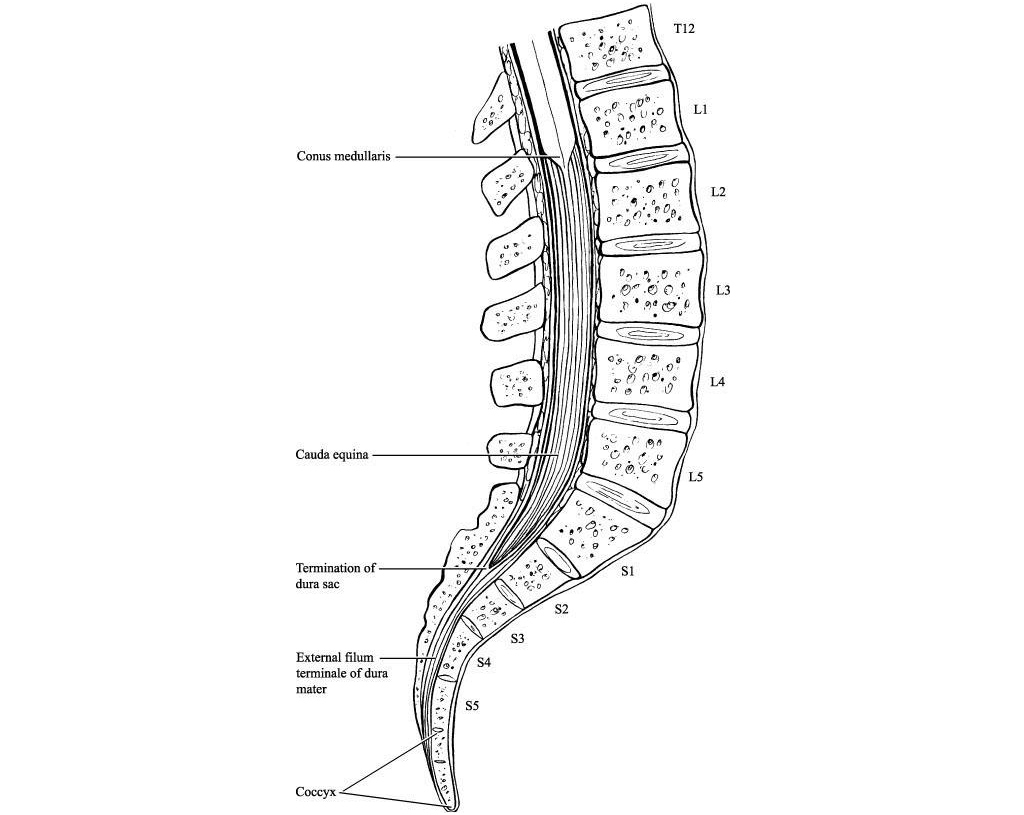It’s been eight weeks since I underwent spinal fusion surgery at the L3-S1 level. It feels both like it happened just yesterday and like a lifetime ago. I live with degenerative disc disease, a condition in which the discs in my spine break down faster than average. Because of this, I had already undergone two laminectomies before this most recent surgery.
For years, I delayed the latest procedure by pushing through the pain and pretending everything was fine. After nearly a decade of managing symptoms through physical therapy, chiropractic care, and extensive stretching, I finally scheduled my lumbar fusion for June 16, 2025.
Choosing that date gave me time to coordinate pulpit supply at the church, ensure the high school soccer season would be over, and align with the end of the school year for Annie and the boys—removing the added stress of transportation logistics. I also worked with the church trustees to roll over a vacation week from 2024 into 2025, so I could take the full five weeks needed to recover after surgery.
But as the saying goes, the best-laid plans often go awry.
On Sunday, May 25, I realized I couldn’t put any weight on my left leg. This wasn’t entirely new—something similar had happened multiple times over the past decade. Usually, about 15 minutes of stretching would “fix” the issue. But this time, it didn’t work.
I got dressed, put on a brave face, and headed to church. I don’t remember much of the sermon I delivered that morning, but I do recall feeling deeply unsettled. After the service, I went home for dinner and tried my usual stretches again. That’s when I realized the problem was worse than before—not only could I not bear weight on my left leg, but I also couldn’t move my toes or lift my foot at all.
That’s when I decided it was time to go to the emergency room.
At the ER closest to our house, I was seen quickly, but they didn’t have the resources to do much beyond a basic assessment. The doctor called my surgeon’s office, and they recommended I get an MRI as soon as possible and be admitted that night. Since the local hospital didn’t have an MRI machine or the necessary equipment, they gave me the option to either drive myself or take an ambulance to the larger hospital in Grand Rapids.
So I drove home, packed a bag with essentials, and made the trip to the ER in Grand Rapids. The wait there was longer, and by then, it was already turning into night. Once admitted, I was placed in a room at the end of a hallway and told I couldn’t have any food or water, just in case they needed to operate that evening.
This was the first moment I truly realized that all the plans I had so carefully laid out were likely about to change. I waited in that ER room for over an hour, staring at my foot, trying to will my toes to move, and getting nothing in response. The sensation was surreal—and terrifying. I was growing increasingly anxious.
We have two boys, and for at least the past two, I had missed out on small trips and activities because of my stubbornness putting off surgery—trying to do things on my own time, my own schedule. In that moment, lying in the hospital bed, I began to wonder if I had waited too long. I feared that my left leg and foot might never function the way they should again.
After what felt like an eternity, a nurse arrived with a wheelchair to take me for the MRI. We went through corridors, up elevators, and down ramps until we reached the MRI suite. I’ve had so many MRIs in my life due to chronic back issues and other health problems that the process has become routine. Still, there’s always that lingering worry—did I forget some metal in my body that might react to the machine?
I lay down, the table slid me into the machine, and the familiar banging of the magnets began. If you’ve never had an MRI, it’s a strange experience—long stretches of boredom punctuated by loud mechanical noises. They give you headphones to listen to music, usually Pandora, though I’ve never found much NPR on there. You have to lie perfectly still, which is harder than it sounds when you’re already anxious.
After about 30 minutes of listening to pop rock, the scan was over. They wheeled me back to my room, and the waiting began again. I can’t say enough about the staff at both hospitals—they were incredible. Everyone was kind, patient, and engaging, and their positivity made a real difference during a very stressful time.
Back in the ER room at the end of the hall, I continued to wait. Technology was a comfort during all of this—I was able to keep Annie and my parents, who were in England at the time, updated on what was happening. Still, my foot and toes remained unresponsive.
After a long night, a doctor finally came in and told me that since it was now past 11 PM, I would be admitted to the main hospital and would meet with the surgeon in the morning.
I’ll post more later this week.
